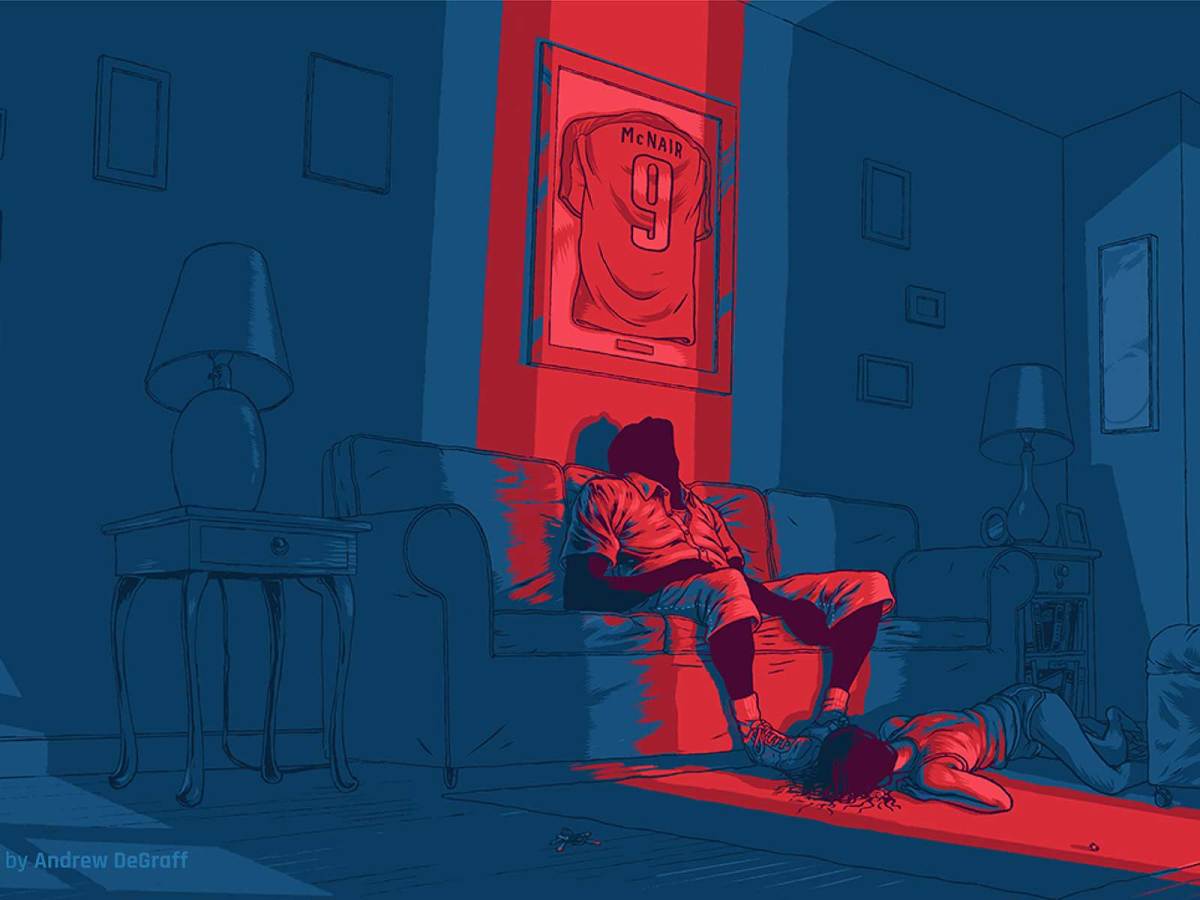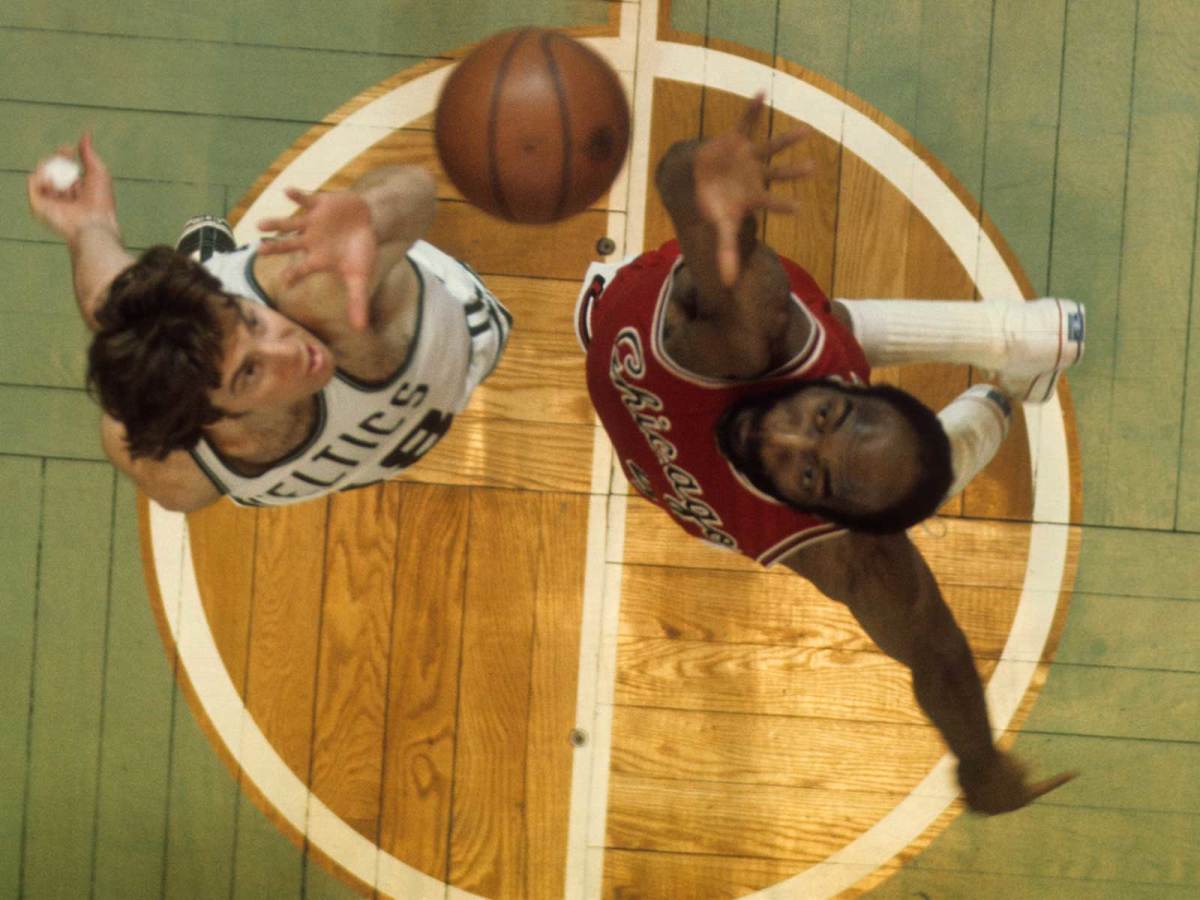Tales From the Grossest Place in Professional Sports

By Alex Prewitt
Over the past several weeks, as the 2018-19 season whirred into motion, I’ve been floating a certain thesis by players around the NHL. Born from the same mothballed brain that delivered a story on goalie bathroom breaks, the argument goes like this:
No place in professional sports is grosser than the floor of a hockey bench.
“Ooo, it’s got to be up there,” says Avalanche defenseman Ian Cole. “There’s a lot of s---.”
“Pretty nasty,” says Kings forward Tyler Toffoli.
“Really bad,” says Canucks center Bo Horvat.
“Disgusting,” says Toronto’s Auston Matthews, the league’s leading scorer through Thursday. “I would never touch anything there.”
“Agreed,” says none other than the best player in the world, Edmonton’s Connor McDavid. “Agreed.”
Wonderful. A scientific consensus has been reached. (Eat it, Francis Bacon.) At this point, any squeamish readers should take a scroll to another section of this newsletter. Or maybe check back next week for something undoubtedly more serious. Then again, anyone who has ever so much as laced up skates is likely nodding along right now, if not outright shuddering at the memory of the last time they looked down during a game.
• Not getting this newsletter in your inbox? Subscribe today.
“If I dropped my gum on the bench, I would never touch it again,” Matthews says. “Think about all the crap going down there: Sweat, blood, spit, water from the ice, snow that’s melted … I don’t think it’s sanitary at all.”
Ask Brock Myles. He’s the head equipment manager for the Capitals, a job built on the pursuit of cleanliness, spritzing gear with deodorizer after practice and doing laundry late into the night. He is also stationed behind the defending Stanley Cup champs during games, ready to fix skates or helmets at a moment’s notice. Sometimes, this means that Myles must kneel down for a better angle. And when he does, he recalls how former Washington center Jay Beagle—now with the Canucks—describes the pile of loogies hocked onto the floor: lung butter.
Indeed, hockey is a fluid sport with lots of fluids. But all sorts of waste can end up on the bench. There is a long history of players scooping up extracted teeth from the ice. And cracking open smelling salt tablets for small energy boosts before periods. After dropping his gloves against San Jose’s Joe Thornton last season, Leafs forward Nazem Kadri dropped a handful of Thornton’s thistly beard onto the ice; the chunk ended up on the Sharks bench, where backup goalie Aaron Dell mercifully forewent the barbershop route and instead stashed it in his glove. And as the Capitals raised their Stanley Cup banner on Oct. 3, Myles was instead focused on the confetti falling from the rafters, littering the rink.
“The ice is worse than the bench,” Myles says, countering our bench theory. ”Chunks of pucks, chunks of skate blades, spit, chunks of you, whatever. Studies have been done where the ice melts after the Zamboni cleans it and they have a shovel-full of debris.”
Some teams take steps toward sterility. “We’re told to spit on the ice, not the bench,” says Avalanche center Nathan MacKinnon, who finished second in MVP voting behind New Jersey’s Taylor Hall last season.
But maybe there is a silver lining to such stomach-churning working conditions, hidden among the puddles of god-knows-what beneath their skate blades. “I can’t remember the last time I was sick,” Hall says. “It’s like the Neanderthals. They had so many germs around that they became immune to everything.”
RECOMMENDED READING

• In 2009 former NFL quarterback Steve McNair is found dead. Police rule it a murder-suicide. … But what if it wasn’t? Check out the first episode of our new nine-part podcast series from SI: True Crime.
• The Rebirth of Thunder Basketball:Paul George’s return provides a new lease on life in OKC. (By Rob Mahoney)
• No one can speak to the success Tua Tagovailoa is having like the quarterbacks who led Nick Saban's Alabama teams before him. (By Laken Litman)
• Managing in the playoffs looks more different than it ever has. The key? Don't be afraid to act. (by Tom Verducci)
• With the NBA tipping off its 73rd season, here are 73 reasons to watch in 2018–19. (By Rob Mahoney and Ben Golliver)
• On the court, there is no puzzle quite like Kyrie Irving. (By Andrew Sharp)
VAULT PHOTO OF THE WEEK: SI’S EYES IN THE ... RAFTERS?

In honor of a new NBA season tipping off, let's rewind 43 years to another tipoff on the hardwood—this one between a pair of Hall of Famers. Bulls center Nate Thurmond stretched every bit of his 6'11'' frame to get an edge over the 6'9'' Celtics star Dave Cowens in a nondescript game on March 28, 1975. What's so special about this photo? We're still wondering how SI photographer Neil Leifer got this angle.
• Not getting this newsletter in your inbox? Subscribe today.
BEST OF THE REST
Editor's note: Below are some of our favorite stories of the week not published by SI. This week's list is curated by Alex Prewitt.
• Kevin Draper of the New YorkTimes took (and passed) an official certification exam for this story about the overcrowded world of NBA agents.
• This profile of Hassan Whiteside by The Ringer’s Hayley O'Shaughnessy starts with a shallow koi pond before diving into the deep end of the Heat center’s psyche.
• Vice writer Oobah Butler dispatched an army of semi-dopplegangers to give interviews and make public appearances in his stead.
• Washington Post foreign correspondent Joanna Slaterexplores the arrival of democracy to the map-dot nation of Bhutan, known for measuring its success by “Gross National Happiness.”
• And finally, also from the Washington Post,here is the final column from Jamal Khashoggi, received one day after he was reported missing in Istanbul. It is about the importance of free press and speaking truth to dark powers.
A TEENAGE METS FAN'S PURSUIT IN POLITICS
Money in politics is generally big money—millions, flowing from mega-corporations to big-name candidates. But there's also activity on the other end of the scale. A handful of political action committees are formed every day that raise or spend little more than a handful of dollars. One such committee, which popped up this month, has the aspirational name of "The Mets Are a Good Team Super PAC." Its headquarters is not in Queens, but rather the suburbs of New York City. The chairman, treasurer and custodian of records has been interested in politics since middle school—which was just a few years ago.
The thing started as a joke. As 15-year-old Ben Aybar grew interested in politics, he grew more suspicious of money in politics. Approaching this year's midterms, he thought he'd try to get involved, even though he's not old enough to vote. "I was interested in using the idea that I could form a Super PAC as being a point against Super PACs," he says. "Look how easy this is to do. If I could do it, anyone can." Within minutes of completing the application, Aybar got an email from the Federal Election Commission: The committee had been verified.
As for the name of Ben's Super PAC, he loves the Mets, just as his parents do. His parents were at Shea Stadium for the 1986 World Series and took Ben to the 2015 playoffs. Now Ben has to consider where to direct the funds. Among his options: Push the famously cheap Mets ownership to spend in the offseason, support candidates who share his fandom, or embrace his favorite baseball team's political equivalent—underdogs who refuse large corporate donations. Perhaps that will be his best shot at backing a winner.
Editor's note: What kind of stories and content would you like to see in the Weekend Read? Let's chat at SIWeekendRead@gmail.com.
